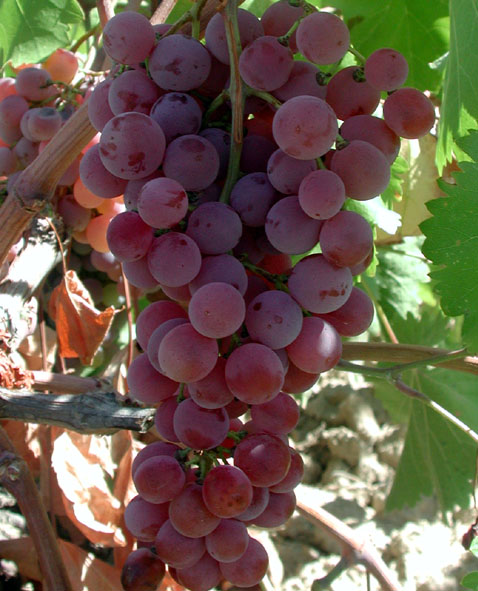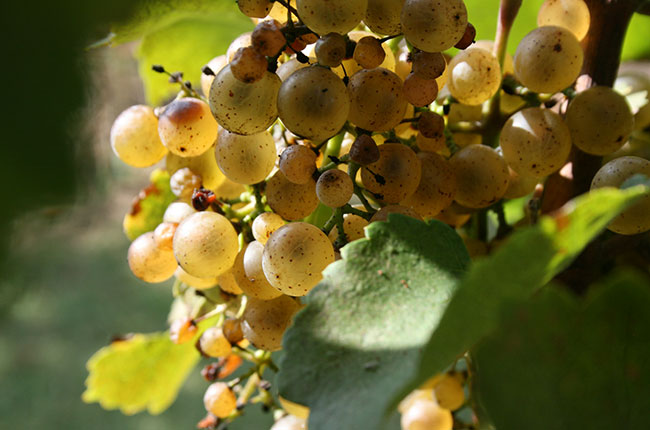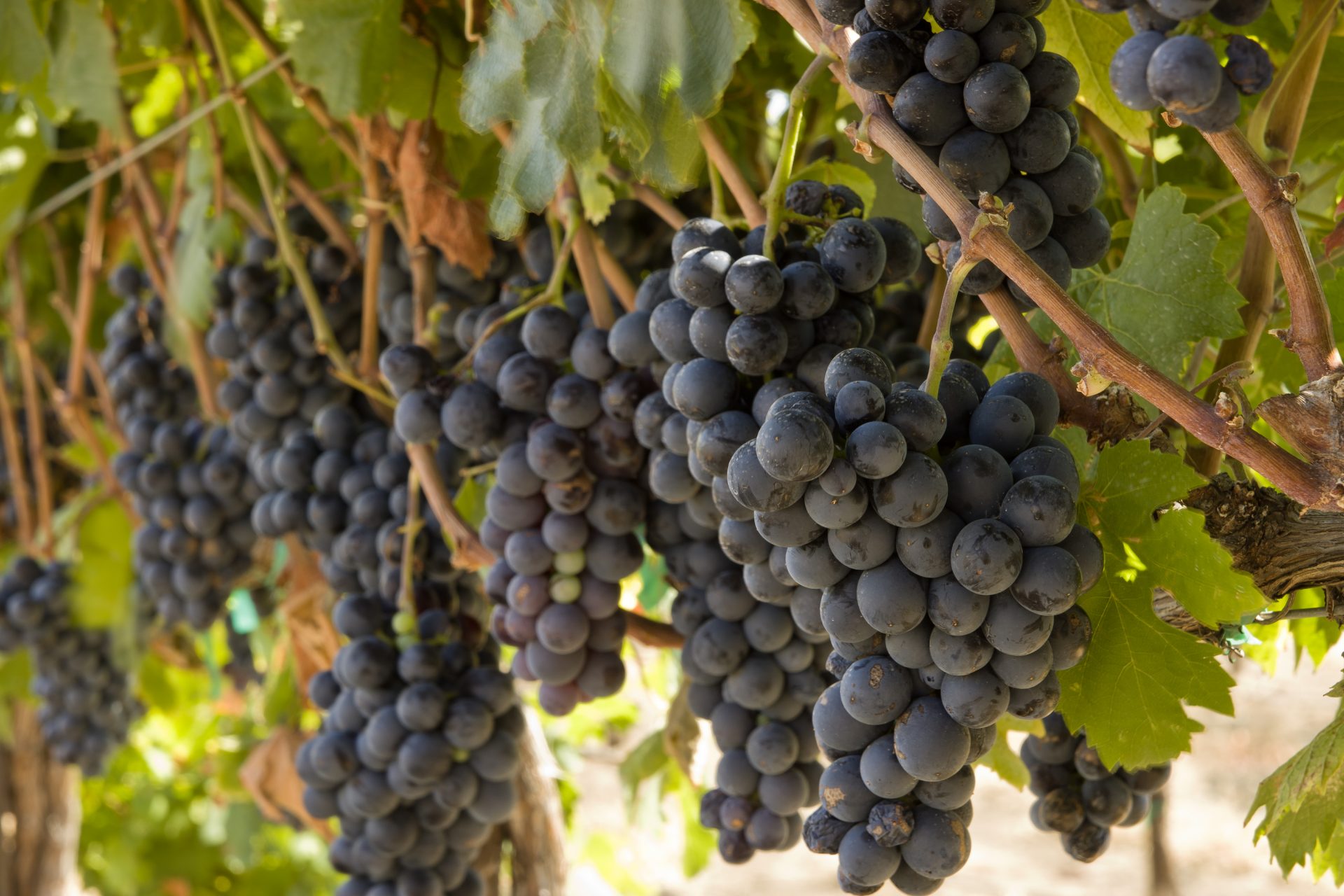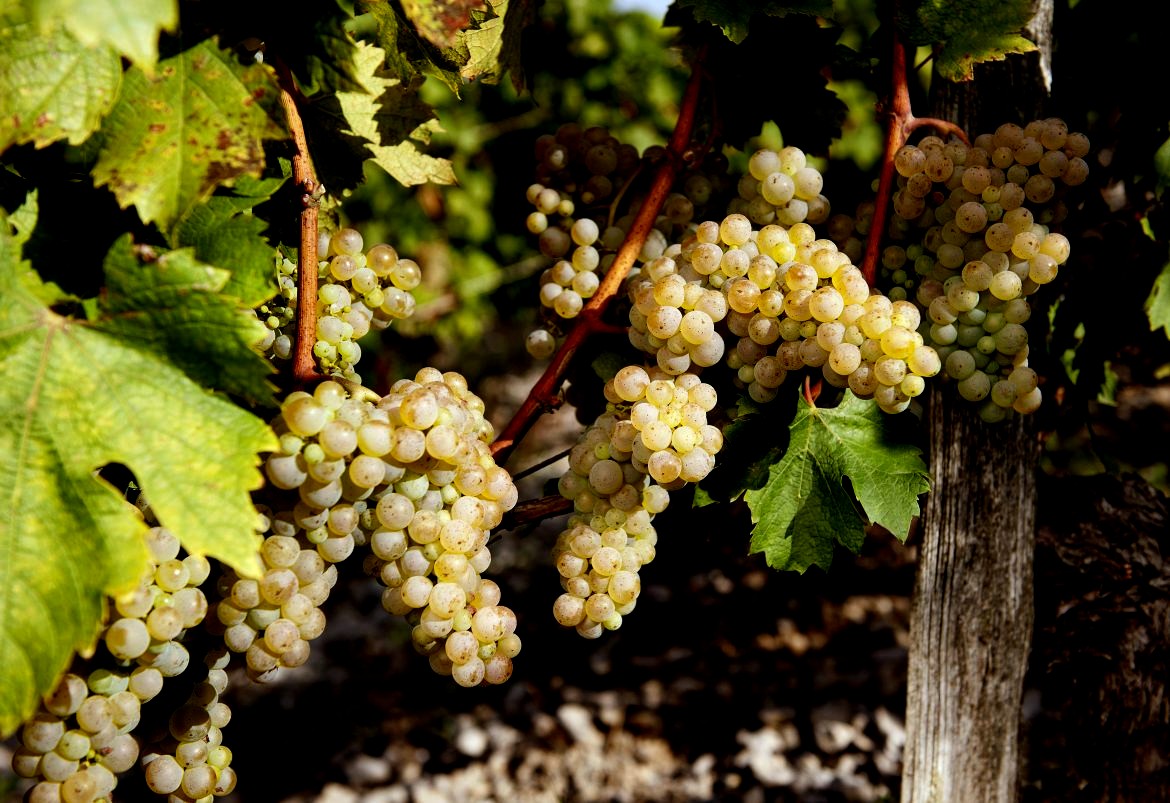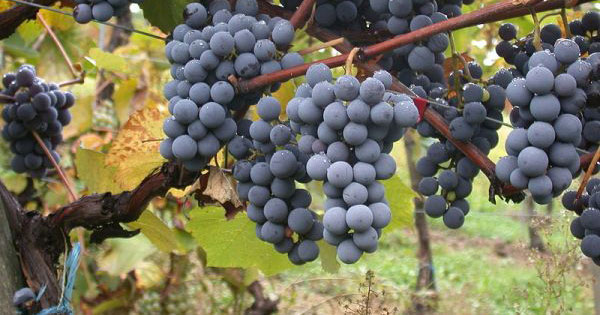Once Greece’s most planted white grape (actually a rather appealing pink hue) Roditis (pronounced Row-DEE-tees) is perhaps a contender for the country’s most underrated indigenous varietal… oh and just to complicate matters, it’s also occasionally known as Rhoditis.
Due its inherent susceptibility to oidium (powdery mildew) much of Greece’s Roditis was not replanted after the country’s phylloxera outbreak.
Usually viewed as workhorse for the Retsina industry (blended with the rather flabby and nondescript Savatiano), the humble Roditis is capable of great things if handled in the correct manner. High elevations (350 – 450 metres above sea level is ideal), low yields, careful canopy management, and diligent vinification (including extended lees contact) bring out this grape’s hidden beauty, creating wines with a distinct lemony minerality and a crisp defining acidity.
I often think of it as a cross between a good Pinot Grigio and a Riesling, and pair it with food with this in mind.
Pair one of the more complex examples with pan-fried lakefish with a caper studded beurre blanc and a good squeeze of lemon.
Roditis is a variety that is often overlooked, but it really does deserve more a lot more attention than it currently receives… give what many consider to be an ugly duckling a second chance!

Edinburgh-born/Toronto-based Sommelier, consultant, writer, judge, and educator Jamie Drummond is the Director of Programs/Editor of Good Food Revolution… And he’ll be championing some lesser known varietals over the coming months.

